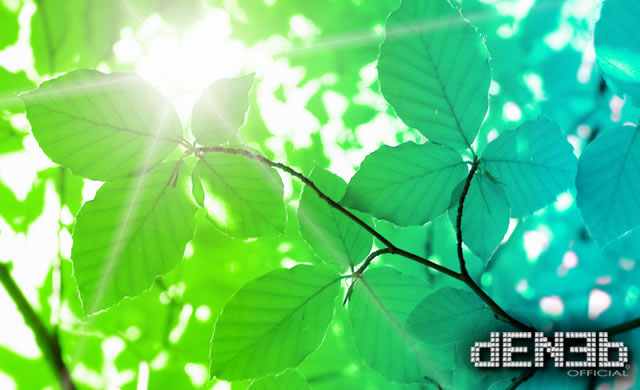
Nella fotosintesi la luce del sole viene catturata e trasportata da proteine antenna altamente specializzate. Sorprendentemente queste proteine agiscono come macchine quantistiche e utilizzano un meccanismo di trasporto quantistico per guidare efficientemente la luce e infine immagazzinarne l’energia nei loro centri di reazione.
I ricercatori del ICFO di Barcellona sono riusciti per la prima volta a rintracciare questo flusso di energia in singole proteine scoprendo che le coerenze quantistiche rendono il flusso luminoso nella proteina antenna, immune alla onnipresenti turbolenze naturali esterne.
L’efficiente conversione della luce solare in energia utile è una delle sfide che si distinguono nel modo di soddisfare la crescente domanda mondiale di energia in maniera sostenibile, pulita, senza fare affidamento sui combustibili fossili. Organismi fotosintetici, come le piante e alcuni batteri, hanno imparato questo processo: in meno di un paio di trilionesimi di secondo, il 95 per cento della luce solare che assorbono viene portata via per guidare le reazioni metaboliche che forniscono loro l’energia. L’efficienza delle celle fotovoltaiche attualmente sul mercato è di circa il 20 percento. Quale meccanismo nascosto usa la natura per trasferire l’energia in modo così efficace? Vari gruppi di ricerca in tutto il mondo hanno dimostrato che questo trasporto di energia ad alta efficienza è collegato al fenomeno della meccanica quantistica. Tuttavia, fino ad ora, nessuno aveva osservato direttamente i possibili effetti di un tale meccanismo di trasporto quantistico al lavoro, a temperatura ambiente. Il fenomeno quantistico responsabile, noto come “coerenza quantistica”, si manifesta in cosiddette proteine antenna fotosintetiche responsabili dell’assorbimento della luce solare e del trasporto di questa energia ai centri di reazione fotochimici della fotosintesi.
In photosynthesis sunlight is captured and transported by highly specialised antenna proteins. Surprisingly these proteins act as quantum machines and use a quantum transport mechanism to efficiently guide the light and finally store the energy in their reaction centres.
Researchers from ICFO — the Institute of Photonic Science in Barcelona have for the first time tracked this energy flow in individual proteins and discovered that the quantum coherences makes the light flow in the antenna protein immune to the ubiquitous external natural turmoil.
The efficient conversion of sunlight into useful energy is one of the challenges which stand in the way of meeting the world’s increasing energy demand in a clean, sustainable way without relying on fossil fuels. Photosynthetic organisms, such as plants and some bacteria, have mastered this process: In less than a couple of trillionths of a second, 95 percent of the sunlight they absorb is whisked away to drive the metabolic reactions that provide them with energy. The efficiency of photovoltaic cells currently on the market is around 20 percent. What hidden mechanism does nature use to transfer energy so efficiently? Various research groups around the world have shown that this highly efficient energy transport is connected to a quantum-mechanical phenomenon. However, until now, no one had directly observed the possible impacts of such a quantum transport mechanism at work at room temperature. The quantum phenomenon responsible, known as coherence, is manifested in so-called photosynthetic antenna proteins that are responsible for absorption of sunlight and energy transport to the photochemical reaction centers of photosynthesis.
Source/Continue reading → Phys.org





















